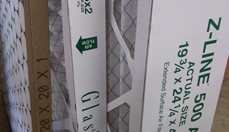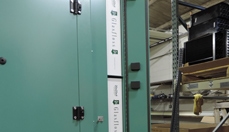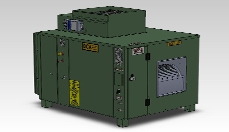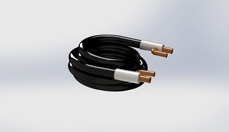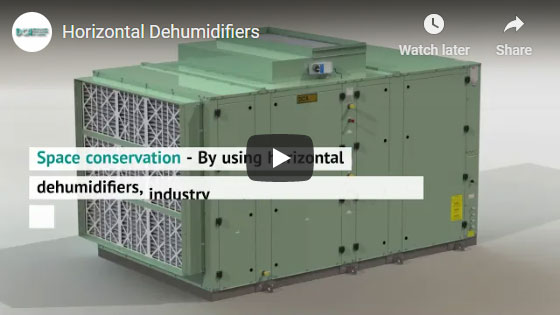At Dehumidifier Corporation of America (DCA), we manufacture dehumidification equipment for industrial applications. Our dehumidifiers are available in horizontal and vertical air flow configurations, both of which offer a unique list of advantages and disadvantages.
By understanding the differences between the two types, industry professionals and procurements agents can make a more informed decision as to which is best suited for a new or existing system. The following information outlines the applications and advantages of horizontal dehumidifiers.
Applications of Horizontal Dehumidifiers
Horizontal dehumidifiers commonly find use in the following applications:
- Humidity control. Horizontal dehumidifiers are used for controlling the relative humidity of smaller spaces, such as crawl spaces and basements. Employing this equipment prevents the growth of mold, mildew, and potentially harmful bacteria, reducing the development of unpleasant odors and decreasing the burden on occupants with allergies and other respiratory issues.
- Damage prevention. Excess moisture in the air can compromise the structural integrity of a building. Stored items made of fabric, wood, and other porous materials may also suffer in excessively moist conditions. Using a horizontal dehumidifier reduces the internal moisture levels, protecting floors, furniture, support structures, and items stored in your space from moisture damage.
- Space conservation. By using horizontal dehumidifiers, industry professionals can conserve space in smaller rooms. Outdoor models make it possible to preserve your entire floor space by placing the unit on a rooftop. In mechanical environments, the equipment can be suspended from the ceiling, which takes advantage of empty vertical space.
- Workplace quality and safety maintenance. In addition to maintaining adequate ventilation and air conditioning, achieving proper relative humidity levels is crucial to ensuring the quality and safety of the work environment. According to experts from the American Lung Association, the Environmental Protection Agency (EPA), and the American Medical Association (AMA), optimal relative humidity levels are between 30% and 50%.




